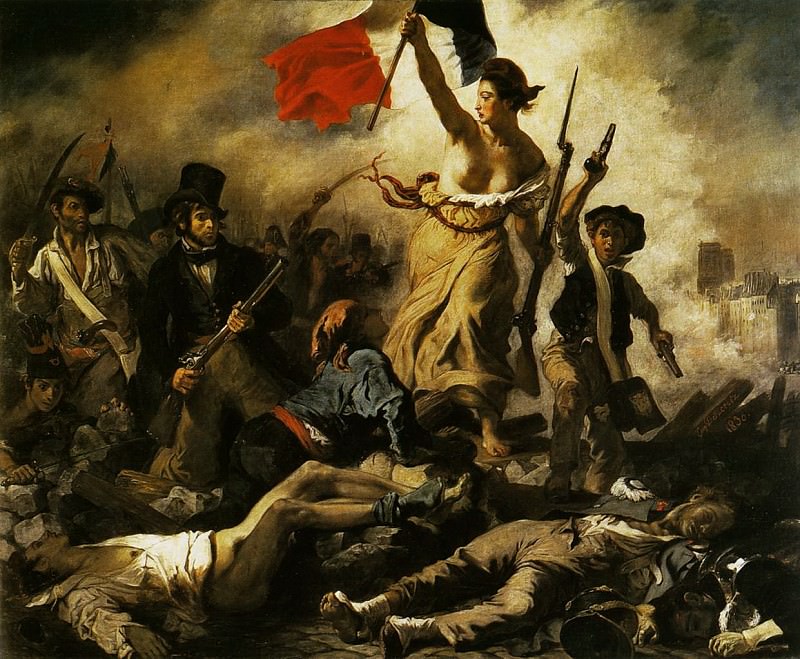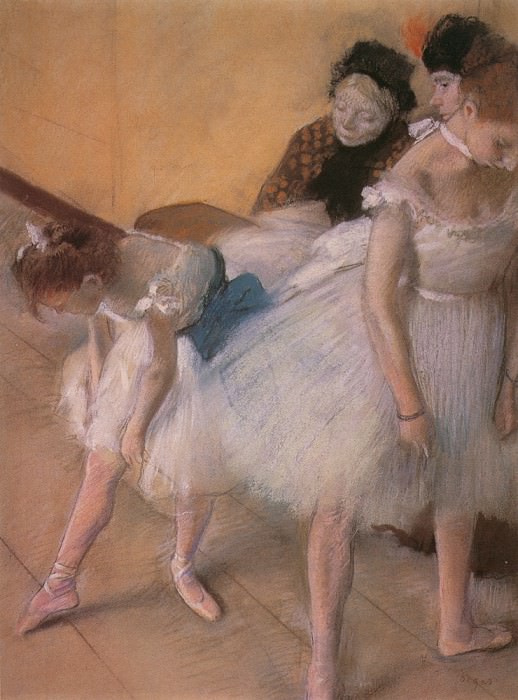The Artistic Vision of Kurt Schwitters
Kurt Schwitters, born on June 20, 1887, in Hanover, Germany, was a multifaceted artist whose work spanned several artistic movements, including Dadaism, Constructivism, and Surrealism. Schwitters is most renowned for his Merz works, a unique form of collage that utilized found objects and everyday materials. His innovative approach to art has left an indelible mark on the world of modern and contemporary art.
Early Life and Influences
Schwitters grew up in a middle-class family and studied at the Dresden Academy of Fine Arts. His early work was influenced by traditional art forms and movements such as Expressionism. However, the upheaval and destruction brought about by World War I profoundly impacted his artistic vision. The chaos and disarray of the war inspired Schwitters to break away from conventional art forms and seek new ways of expression.
The Birth of Merz
The term "Merz" was coined by Schwitters to describe his collage and assemblage works. It originated from the word "Kommerz," which he found in a fragment of an advertisement. Schwitters' Merz works were characterized by their use of found objects, such as scraps of paper, wood, metal, and other discarded materials. These elements were meticulously arranged to create compositions that challenged traditional notions of art.
Schwitters' Merz works were not just about the aesthetic arrangement of materials but also carried a deeper philosophical meaning. They reflected his belief in the beauty and potential of everyday objects, emphasizing that art could be created from anything. This idea was revolutionary at the time and influenced many future art movements, including Pop Art and Fluxus.
Merzbau: The Pinnacle of Schwitters' Creativity
One of Schwitters' most ambitious projects was the Merzbau, a large-scale, evolving installation that he began in the late 1920s. The Merzbau was a three-dimensional collage that took over several rooms of his house in Hanover. It was a labyrinthine structure made up of various materials and objects, creating a dynamic and immersive environment.
The Merzbau was not just a work of art but also a reflection of Schwitters' life and experiences. He constantly added to and modified the installation, making it a living, breathing piece of art. Unfortunately, the original Merzbau was destroyed during World War II, but its legacy lives on through photographs and written accounts.
Schwitters' Impact on Typography and Graphic Design
In addition to his work in visual art, Schwitters made significant contributions to typography and graphic design. He was involved in the avant-garde publication "Merz," which featured his typographic experiments and innovative designs. Schwitters' approach to typography was groundbreaking, as he played with the layout, spacing, and orientation of text to create visually striking compositions.
His influence can be seen in the development of modern graphic design, particularly in the use of asymmetrical layouts and the integration of text and image. Schwitters' work in this field laid the groundwork for future designers and typographers, cementing his place as a pioneer of modern design.
Exile and Later Works
The rise of the Nazi regime in Germany forced Schwitters to flee his homeland in 1937. He first sought refuge in Norway, where he continued his artistic practice despite the challenging circumstances. The invasion of Norway by Nazi forces in 1940 forced Schwitters to flee once again, this time to England.
In England, Schwitters faced numerous hardships, including internment as an enemy alien. Despite these challenges, he continued to create art, producing a significant body of work during his exile. His later works often incorporated elements of his earlier Merz pieces but also showed a shift towards more traditional forms of painting and sculpture.
Legacy and Influence
Kurt Schwitters passed away on January 8, 1948, but his legacy continues to influence artists and designers worldwide. His innovative use of materials and his ability to find beauty in the mundane have inspired countless artists to push the boundaries of what art can be.
Schwitters' Merz technique has been particularly influential in the development of mixed media and assemblage art. Artists such as Robert Rauschenberg and Joseph Cornell have cited Schwitters as an inspiration, and his impact can be seen in their work. The Merzbau concept has also inspired contemporary installation artists who create immersive environments that challenge viewers' perceptions of space and art.
Schwitters' Role in the Dada Movement
While Schwitters is often associated with the Dada movement, his relationship with it was complex. He was influenced by Dadaist principles, particularly the rejection of traditional aesthetics and the embrace of absurdity. However, Schwitters' work often transcended Dada, incorporating elements of Constructivism and other avant-garde movements.
His Merz works, for example, share Dada's use of found objects and collage techniques, but they also demonstrate a level of craftsmanship and composition that set them apart. Schwitters' ability to blend various styles and movements into his work highlights his unique position within the avant-garde art world.
The Restoration and Revival of Schwitters' Work
In recent years, there has been a renewed interest in Schwitters' work, leading to numerous exhibitions and retrospectives. Efforts have been made to reconstruct the Merzbau and other lost works, allowing new generations to experience Schwitters' groundbreaking art.
The reconstruction of the Merzbau in Norway, known as the Elterwater Merz Barn, is one such project. Although the original structure was never completed, the reconstruction provides valuable insights into Schwitters' creative process and his vision for the Merzbau. This project, along with others, ensures that Schwitters' contributions to art and design are not forgotten.
Schwitters' Philosophy and Artistic Vision
At the core of Schwitters' work is a philosophy that celebrates the potential of ordinary materials and the transformative power of art. He believed that art could transcend traditional boundaries and exist in everyday objects and experiences. This belief is evident in his Merz works, where he elevated discarded items to the status of art.
Schwitters' artistic vision was also deeply personal. His works often reflect his life experiences, struggles, and resilience. The Merzbau, for example, was not just an artistic project but a personal sanctuary where he could escape the chaos of the outside world. This personal connection to his work adds a layer of depth and meaning that resonates with viewers.
Conclusion: The Enduring Legacy of Kurt Schwitters
Kurt Schwitters' contributions to art and design are vast and multifaceted. His Merz works, typographic experiments, and innovative use of materials have left an indelible mark on the art world. Despite the challenges he faced, including exile and war, Schwitters continued to create, inspiring future generations of artists.
Today, Schwitters' work is celebrated for its ingenuity and its ability to find beauty in the everyday. His philosophy of art as a transformative force continues to inspire and challenge artists to push the boundaries of creativity. Kurt Schwitters' legacy is a testament to the enduring power of art and its ability to transcend time and place.















